|
Should you stay online or go offline? Should you take advantage of connected devices or disconnect? When leading others, what’s the best way to mobilize them? Should they all be led in the same way? And what kind of moral responsibility do you have to a group of people — faculty and students alike — for whom you have provided technology and Internet access and encouraged robust use of both. If you’re feeling as if there are many choices to make, congratulations . . . blended leadership is a growing awareness of the choices available to you.
0 Comments
Boredom is not the enemy -- poor teaching is.
Quiet students in classroom might be completely off the teacher’s task. (They might be watching a video or engaging in a chat with a student in another class.) They are bored and disengaged because they cannot connect the task to a personally fulfilling trajectory. Excited students might be responding to a mere trick or joke -- or something that happened outside of class. They are giving off the illusion of being engaged, and not bored, but only because they are temporarily entertained. Disconnected tasks or activities ground learning to a halt. Irrelevant tasks, busywork, or work that could be better handled by a machine encourage students to practice irrelevancy, mindless busyness, and tasks that will be easily replaced by robots. There is a terrific new interview and set of resources on the Explain Everything blog featuring educator Tracey Bernier and how he uses a letter tracing template with his students.
Global Online Academy has been producing a series of "Rethinking" pop-up educator courses on topics such as assessment, content, roles, and more.
Leaders set the conditions for work, monitor them, adjust them as needed, and promote change in them when needed. Blended leaders, always on the lookout for the point of highest impact and greatest leverage, realize that you have to cast your line where the fish are. They don’t stubbornly fish in the same nook because that’s where they have always fished. And they don’t try to force the fish to return to the old nook in order to be caught.
In a graduate school class, one exercise we do is taking the context of a complex situation and simplify it down in such a way that someone not familiar with business (or business-speak) can understand. This paragraph has a lot of information. We don't want them to focus on what the company did or plans to do. Simply put - what is going on? Our students came up with: Boeing may lose more than half of its skilled workforce to retirement by 2020.
The next part of the exercise is to identify the business objective: Boeing now needs to build a talent pipeline of skilled workers. Next, we identify the strategy: By investing in community partnerships and development programs, Boeing can work with learners across the entire life continuum from K-12 students to executives. Finally, we discuss the learning programs that were implemented. It's nice to see that all these many years later the original use case for Explain Everything is still helpful.
I thought this was an interesting article.
|
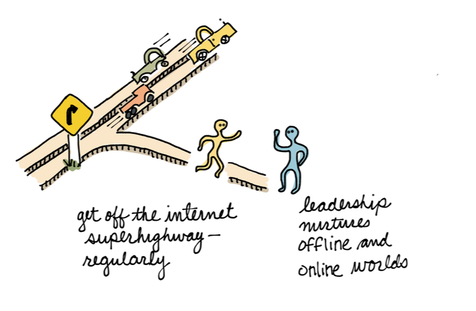

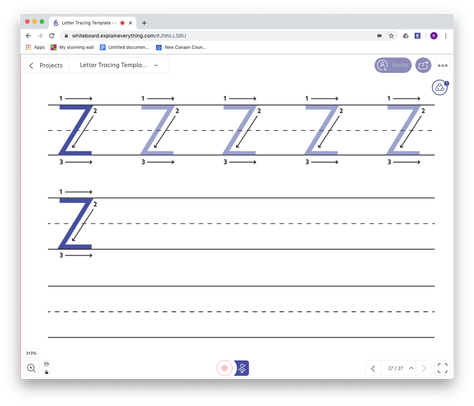
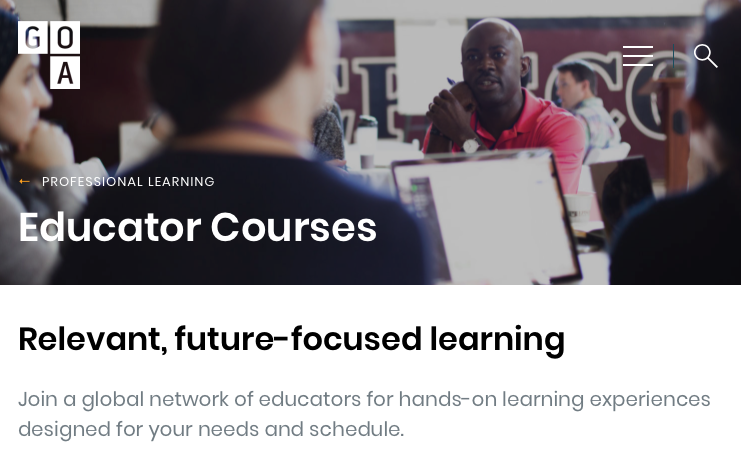

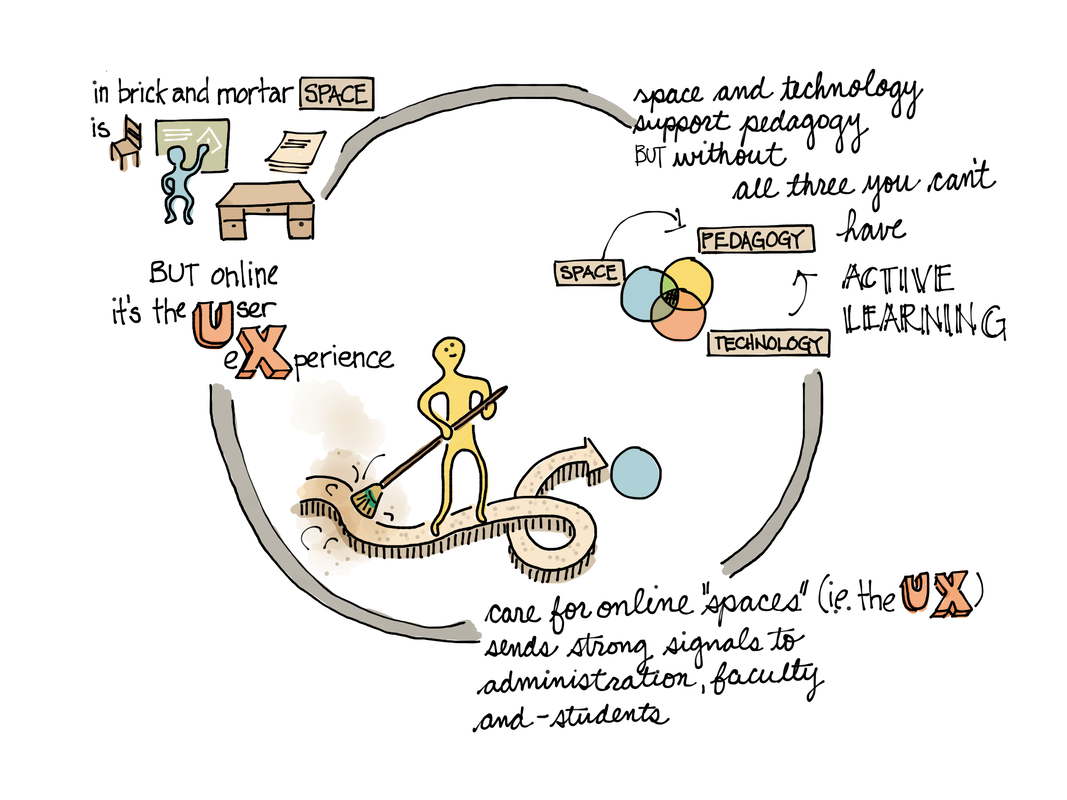
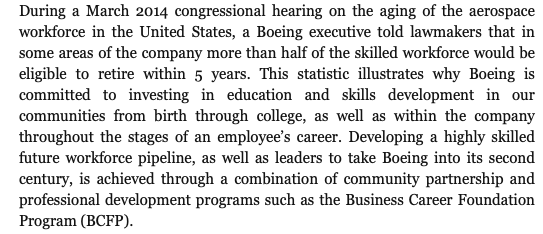
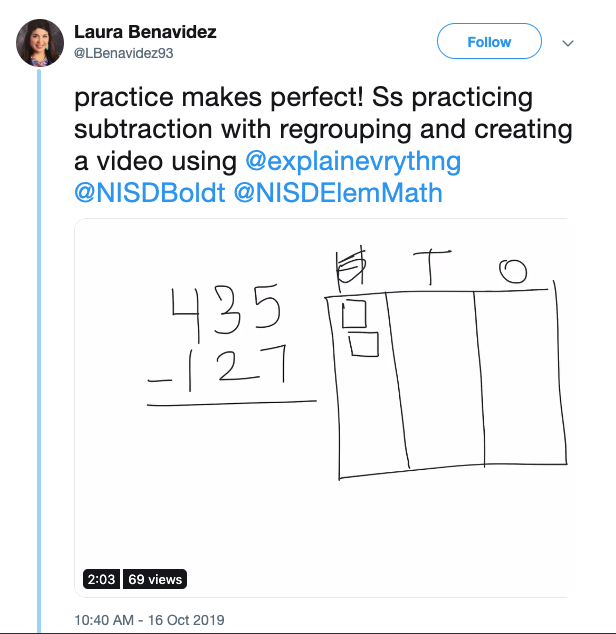
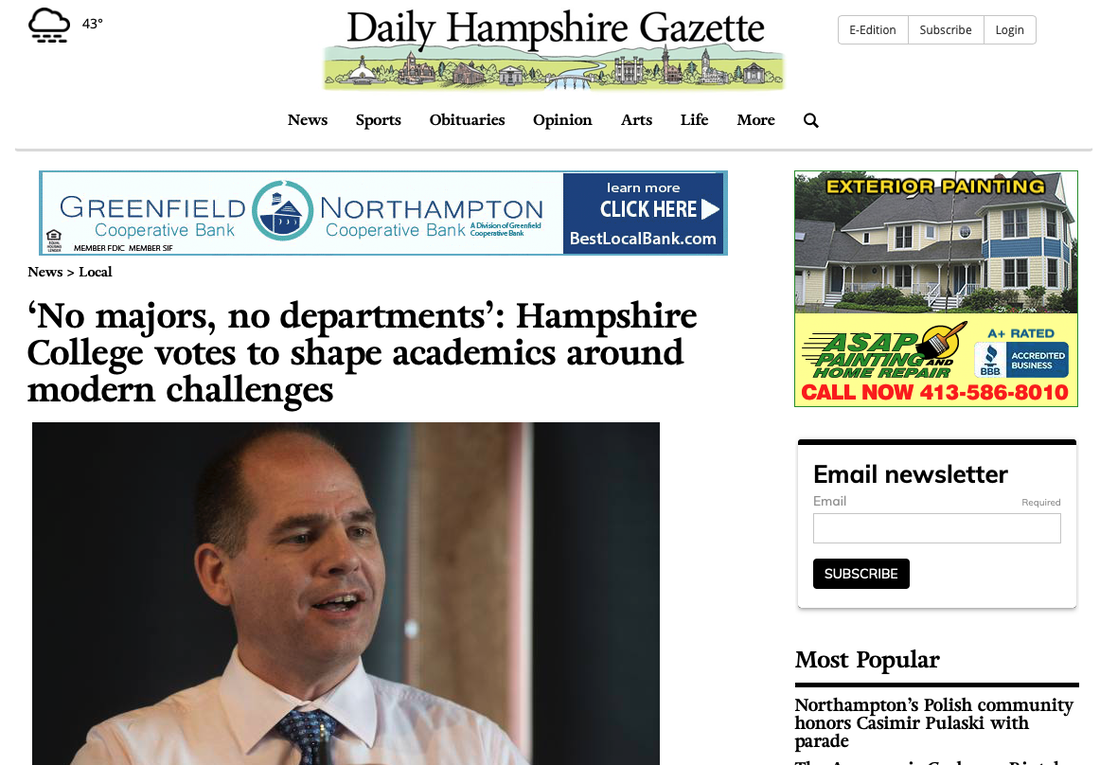

 RSS Feed
RSS Feed
